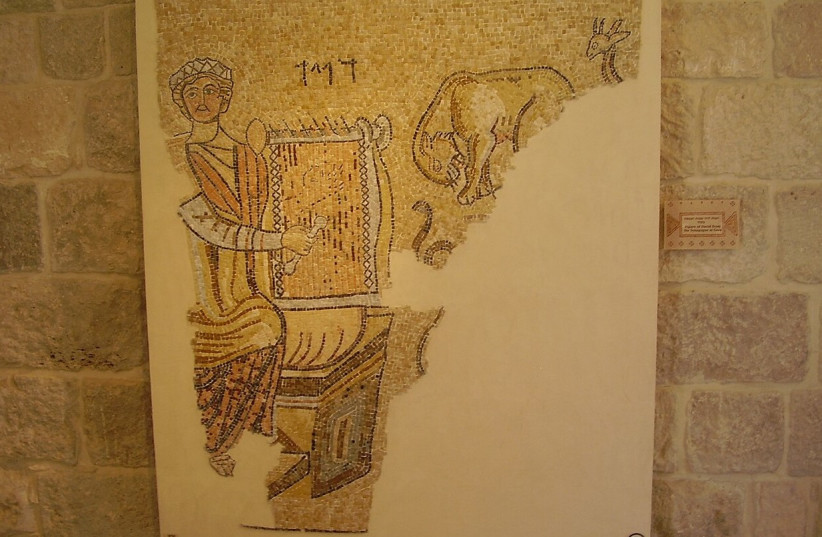One of the hottest trending Google searches in Hebrew on Wednesday in Israel was "Gaza ancient synagogue." The reason was that Israeli Defense Force (IDF) soldiers prayed there. It was the first time in close to two decades that a Jew was allowed to worship at this holy site.
Michael Freund, founder of Shavei Israel and a Jerusalem Post columnist, posted on X (formerly Twitter): "For the first time in decades, Israeli soldiers prayed in the ancient synagogue in Gaza, which was built in the 6th century and where a beautiful mosaic floor depicting King David was unearthed years ago. Jews have returned to Gaza!!"
A number of posts suggest that soldiers prayed at the ancient synagogue, yet no photos were shared on social media, due to the fact that there are very strict instructions on documentation during combat.
The ancient synagogue of Gaza, dating back to 508 CE during the Byzantine period, was unearthed in 1965. Situated in what was once the bustling port city of Gaza, known as "Maiuma" or El Mineh (the harbor) at the time, this historical site now resides within the Rimal district of Gaza City. The Egyptian archaeologists initially identified it as a church, but a remarkable mosaic featuring King David playing a lyre, labeled in Hebrew, was subsequently found.
This mosaic, measuring three meters high and 1.9 meters wide, provided insight into the art and culture of the era. Curiously, it was first mistaken as depicting a female saint playing the harp but was later associated with Orpheus, a figure from Greek mythology, with ties to Jesus or David in Byzantine art.

Property damage on historical pieces
Sadly, the main figure's face was damaged shortly after its discovery. Following Israel's capture of the Gaza Strip in the 1967 Six Day War, the mosaic was moved to the Israel Museum for restoration, where it remains a testament to the rich history of the region.
Nowadays, visitors can marvel at the mosaic floor of the synagogue in the Museum of the Good Samaritan, located near the Jerusalem-Jericho Road close to the Israeli settlement of Ma'ale Adumim. One of the most renowned panels in the mosaic floor portrays King David, identified by a Hebrew inscription reading "David," as he plays the lyre with a gathering of docile wild animals before him.
